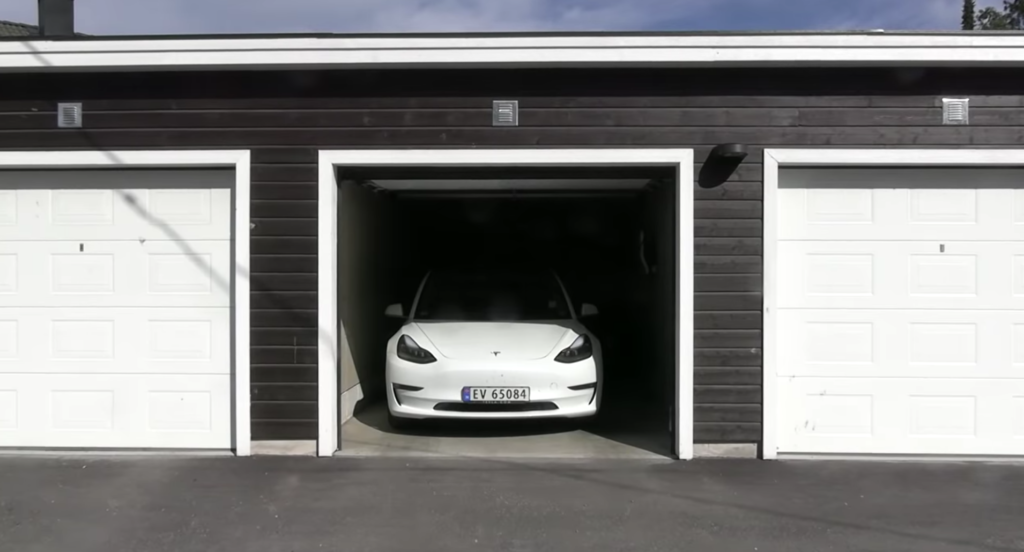Norwegian YouTuber Bjørn Nyland has revealed in his latest video the level of degradation presented by the battery of his Tesla Model 3 after 14 months of use and more than 37,000 miles traveled. The result is a useful capacity of 68.8 kWh, compared to 73 kWh measured on April 27, 2019. Therefore, the degradation is around 6%.
Its car, a White Dual Motor Performance, retains 94.2% of its original capacity. Keep in mind that the vehicle has used fast charging intensively during all this time; traveling more than 37,000 miles in little more than a year is not something that will occur regularly with most users.
On the other hand, it should not be forgotten that the degradation of Tesla batteries is usually more pronounced at first, stabilizing over time. Therefore, it is highly probable that although in the coming months it will cover a similar distance, the capacity of the batteries will remain above 90%.
In any case, the video concludes that the vehicle is still suitable for long trips; the degradation of the battery is almost negligible in real conditions. However, this does not mean that the degradation figures shown cannot be improved in the short term with the arrival of new chemicals.

It is interesting to remember that Tesla recently began installing cobalt-free LFP (LiFePO4) cells in the Model 3 Standard Range Plus RWD manufactured in Giga Shanghai, China. These batteries on paper should have a longer life than those used so far in the rest of Model 3, so their degradation with use should be less.
Nor should we lose sight of the fact that Tesla is currently working on new cells of its development, which, according to Elon Musk, will reach a useful life of 1.6 million kilometers. Possibly such batteries show even less degradation than measured in the Bjørn Nyland unit.

